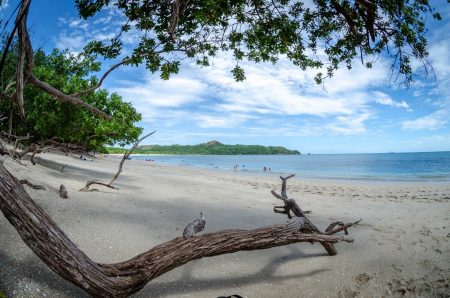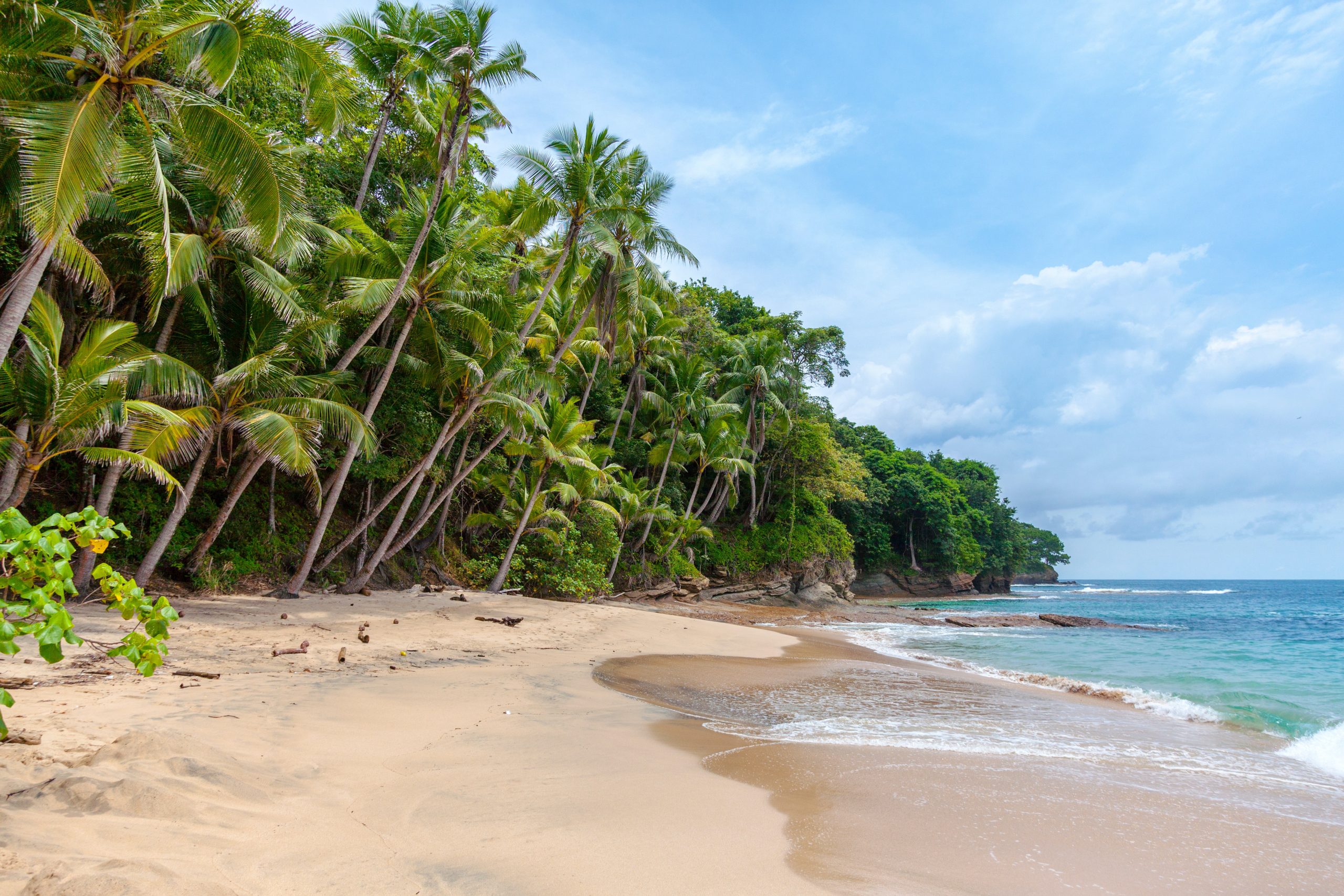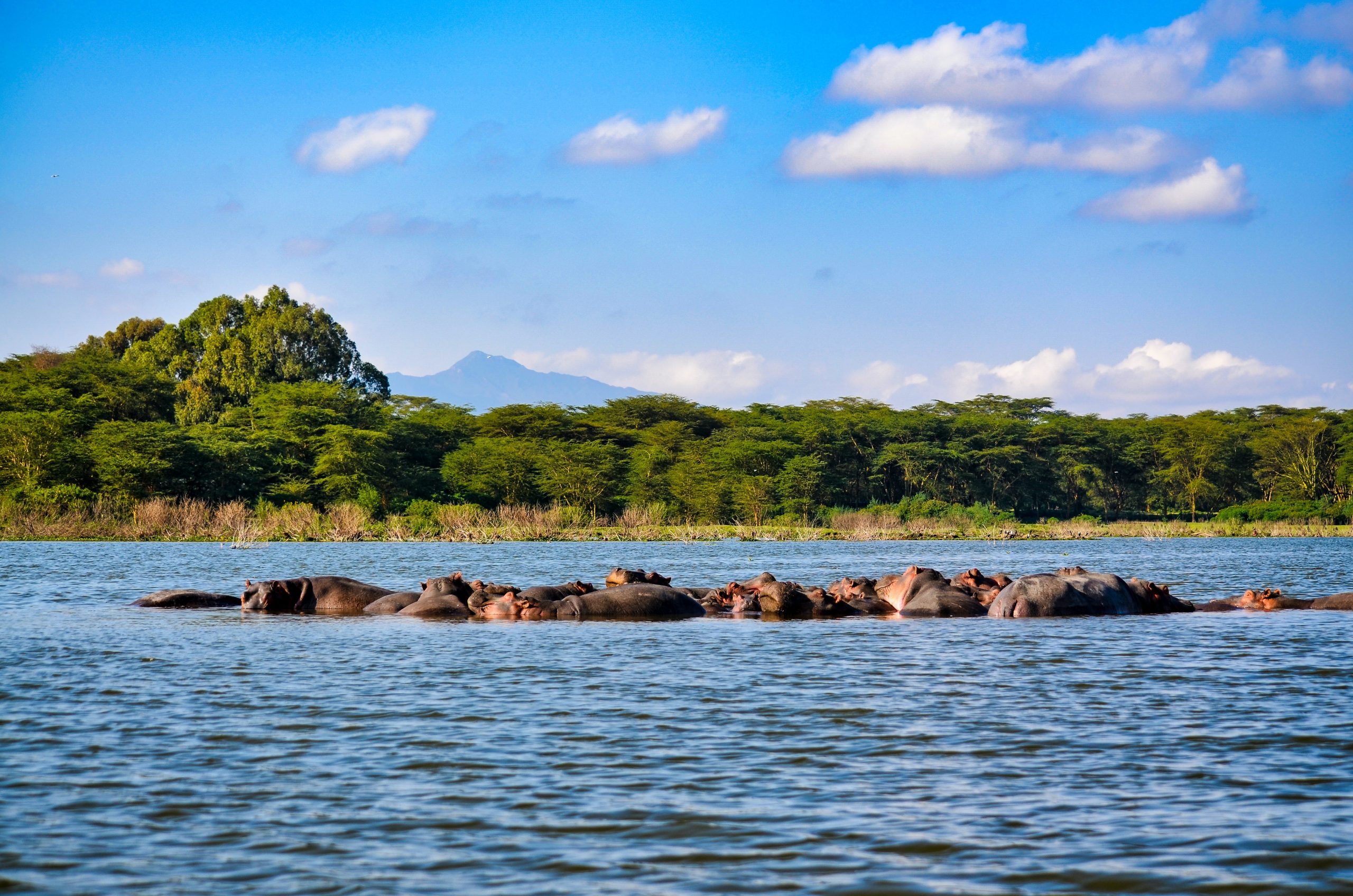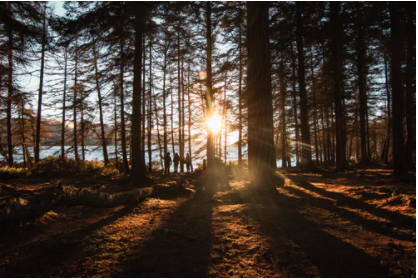Mangrove restoration in Costa Rica

A pilot mangrove restoration project in Costa Rica has demonstrated how mangrove planting can benefit habitat and species conservation, whilst also boosting the local economy.
About 40% of Costa Rica’s mangroves were deforested following the collapse of the country’s banana boom in the 1980s. A vigorous fern species has taken over much of the deforested area, preventing the mangroves from re-establishing. A pilot restoration project of 30 ha of mangrove in a protected wetland was implemented, involving clearance of the ubiquitous fern, planting of saplings, and continued fern removal for a few years to prevent it from out-competing the mangrove trees. This pilot successfully enabled the mangroves to re-establish, and was found to be economically viable – a community could receive up to $1500/ha restored, and could restore over 100 ha/year.
Mangrove restoration also benefited a locally-important mollusc species – mud cockles known as piangua. These cockles have served as the main source of income for several Costa Rican communities for decades. However, due to over-harvesting and loss of mangrove habitat, the population and size of individual cockles has been plummeting. Mangrove restoration not only creates more habitat for this species, but it also gives local people an alternative source of income, meaning cockle harvesting effort can be reduced. Together with controls on the number and size of cockles that can be harvested, this is expected to permit the recovery of the cockle population and allow people to benefit from this income source for years to come.
This project has proven to be successful both in terms of conservation and livelihood benefits, and so has great potential for up-scaling across the 2000+ ha of fern-dominated waters in the protected wetland. One barrier that must be overcome, however, is developing a framework for funding restoration on public land, since previous successful payments for ecosystem services schemes in Costa Rica have been restricted to private land. A framework could be developed to fund the restoration through the blue-carbon market (water-based carbon credits). If done successfully, this could provide employment for at least three communities for two to three decades.




